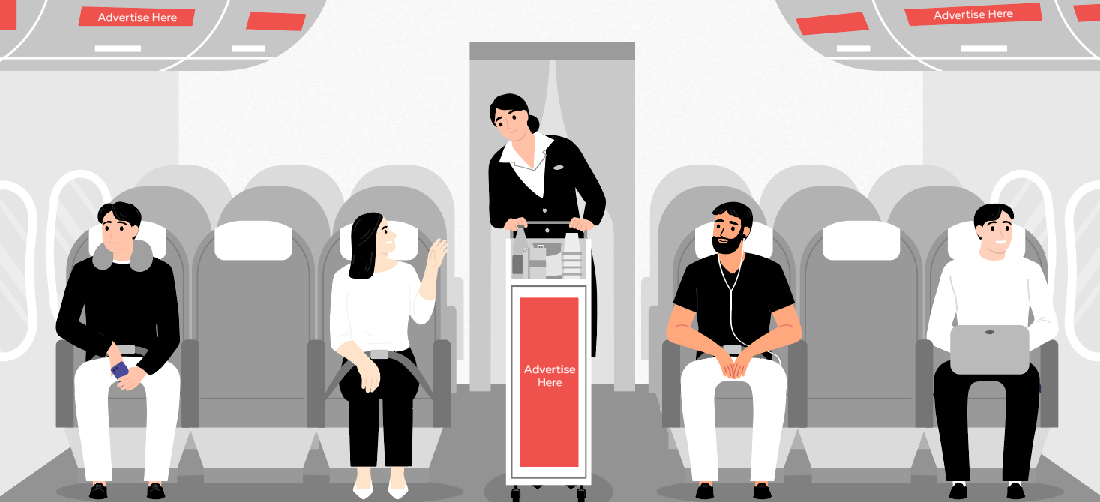Table Of Content
- 1. Introduction
- 2. The Shift from Traditional to Digital Inflight Advertising
- 3. Personalization and Targeting in Inflight Advertising
- 4. Interactive Inflight Advertising Experiences
- 5. The Role of Data and Analytics in Inflight Advertising
- 6. The Future of Inflight Advertising
- 7. The Benefits of Inflight Advertising in a Digitally Connected Era
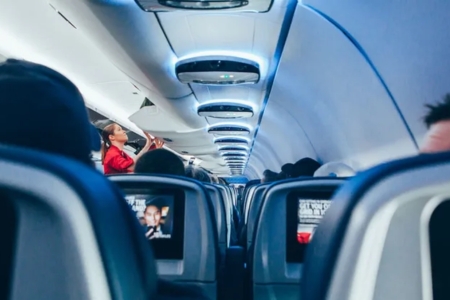
Flying isn’t just about reaching a destination anymore. It’s a chance for brands to connect with a captive audience. Passengers spend hours in the air, providing an unmatched opportunity for advertisers to deliver engaging and relevant messages. Over the years, inflight advertising in the digital era has evolved from simple print ads to dynamic digital experiences that capture attention and create lasting impressions.
Introduction
Inflight advertising has always been a unique way to capture the attention of travelers. Passengers are seated in a confined space for hours, providing advertisers with a rare opportunity to engage. Over the years, inflight advertising in the digital era has shifted, moving from simple printed brochures to advanced digital experiences. Technology now plays a significant role, in creating personalized, engaging, and interactive ads that resonate with modern audiences. This change has made inflight advertising a key player in today’s marketing strategies, supported by competitive inflight advertising rates.
The Shift from Traditional to Digital Inflight Advertising
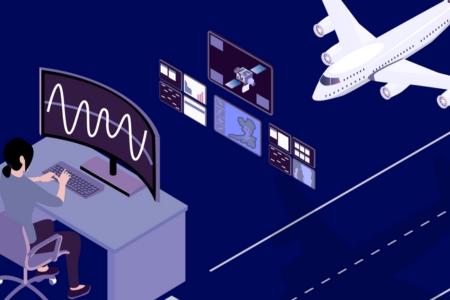
Early Days of Inflight Advertising
In the early days, inflight advertising was straightforward. Airlines distributed printed materials like magazines, catalogs, and brochures. These were tucked into seat pockets and included ads for luxury goods, travel destinations, and more. Overhead screens displayed generic ads or entertainment content, and later, seatback monitors began to showcase commercials during movies or pre-flight safety videos. While effective, these methods lacked personalization and relied on one-size-fits-all messaging.
The Advent of Digital Technology
The digital age brought screens and interactive content onboard. Airlines introduced personal entertainment systems with touchscreens, offering passengers access to movies, games, and yes—advertising. These ads were no longer static; they could be tailored to the passenger’s interests or location. Video ads replaced static images, delivering messages that were more dynamic and memorable. With digital advancements, inflight advertising in the digital era has become more targeted and engaging, while maintaining cost-efficient inflight advertising rates.
Personalization and Targeting in Inflight Advertising
Using Passenger Data for Tailored Ads
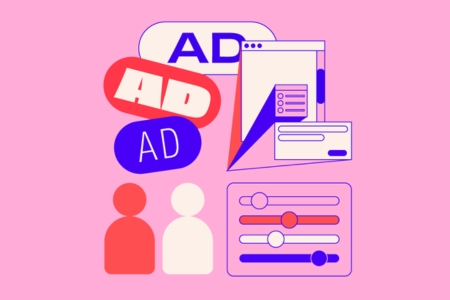
Airlines and advertisers now collect data to make ads more relevant. By analyzing demographics, purchase history, and travel habits, they can create campaigns that resonate with specific audiences. For instance, a passenger flying to a ski resort might see ads for winter gear or local attractions. This tailored approach ensures ads feel less intrusive and more helpful, turning inflight advertising into a valued part of the travel experience.
Real-Time Advertising and Dynamic Content

Digital technology allows ads to adapt in real time. Ads can change based on the flight’s location, time of day, or even the weather at the destination. For example, a flight to a tropical island might show ads for sunscreen, while a flight landing in a snowy city could promote winter jackets. This contextual relevance enhances the passenger’s experience and increases the effectiveness of inflight advertising rates in delivering value.
Interactive Inflight Advertising Experiences
Integration of Mobile Devices and Inflight Entertainment Systems
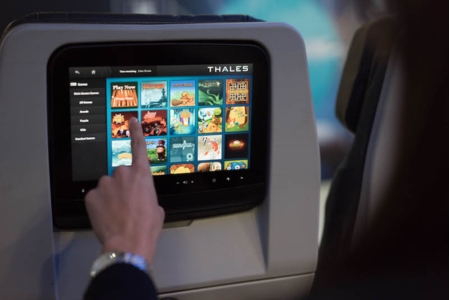
Modern inflight advertising often integrates with passengers’ mobile devices. Through apps or Wi-Fi portals, passengers can interact with ads, redeem offers, or participate in promotions. For example, scanning a QR code on the screen might lead to a discount on duty-free shopping. This interaction creates a deeper connection between the ad and the passenger, making the experience memorable and boosting the effectiveness of inflight advertising rates.
Gamification and Interactive Campaigns
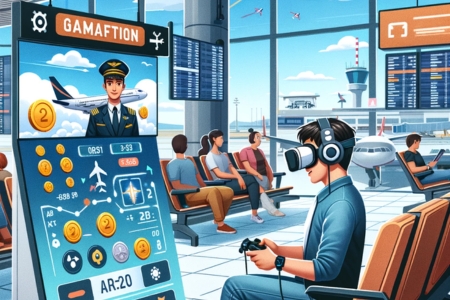
Games and quizzes have become popular tools for inflight advertising in the digital era. Passengers can play games sponsored by brands or participate in quizzes with prizes. This approach keeps passengers entertained while subtly promoting products or services. Gamified campaigns are particularly effective at creating positive associations with the brand and encouraging passenger engagement, justifying competitive inflight advertising rates.
The Role of Data and Analytics in Inflight Advertising
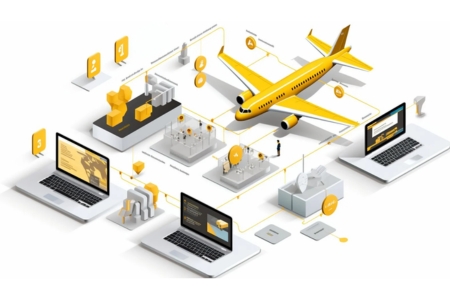
Collecting and Analyzing Passenger Behavior
Airlines now use analytics to understand how passengers interact with ads. Data from touchscreens, mobile apps, and Wi-Fi usage helps identify what works and what doesn’t. This information is used to refine future campaigns, ensuring ads are relevant and engaging. By studying passenger behavior, advertisers can continuously improve their strategies for inflight advertising in the digital era.
Measuring the ROI of Inflight Ads
To justify investments, advertisers use tools to measure the success of inflight advertising campaigns. Metrics like click-through rates, engagement levels, and sales conversions provide insights into how well an ad performs. This data-driven approach ensures that inflight advertising rates remain competitive and deliver value for both advertisers and airlines.
The Future of Inflight Advertising
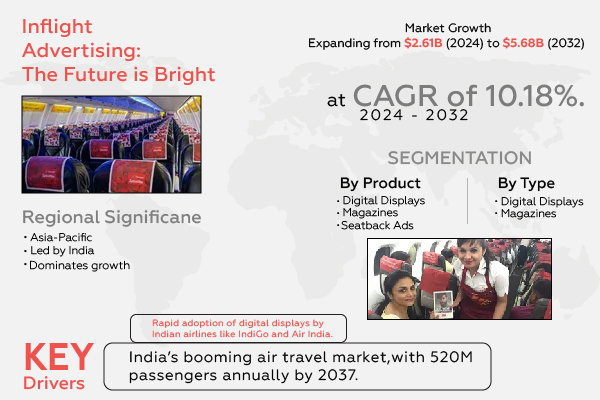
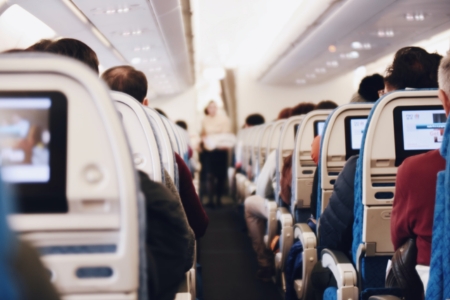
Artificial Intelligence and Machine Learning
Artificial intelligence (AI) is shaping the future of inflight advertising in the digital era. AI algorithms can predict passenger preferences and deliver ads that feel personal. Machine learning helps optimize ad placement, ensuring the right message reaches the right person at the right time. These technologies promise to make inflight advertising smarter and more efficient, further validating premium inflight advertising rates.
Augmented Reality (AR) and Virtual Reality (VR) in the Sky
AR and VR are set to revolutionize inflight advertising. Passengers could use AR to see how a product looks in real life or use VR to experience a destination before landing. These immersive technologies open up exciting possibilities for brands to engage passengers in innovative ways, turning flights into unforgettable experiences and highlighting the value of inflight advertising rates.
The Benefits of Inflight Advertising in a Digitally Connected Era
Enhanced Passenger Engagement and Experience

Interactive and personalized ads can enhance the travel experience. Instead of feeling like interruptions, these ads provide value by offering useful information or entertainment. Passengers are more likely to remember a brand that connects with them in a meaningful way, making inflight advertising in the digital era a win-win for both parties.
Increased Revenue for Airlines and Advertisers
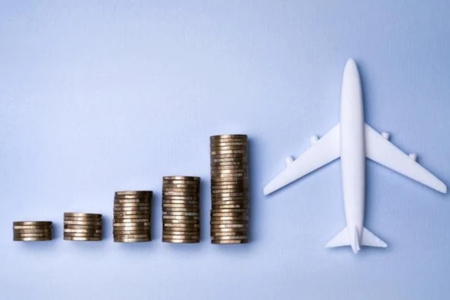
For airlines, inflight advertising creates an additional revenue stream. Advertising agencies and advertisers benefit from a captive audience with high engagement rates. By leveraging digital tools and strategies, airlines, brands, and advertising agencies can maximize their earnings while delivering memorable ad experiences. Competitive inflight advertising rates ensure that this medium remains attractive for all stakeholders.
FAQs
Traditional ads are printed, like magazines or brochures. Digital ads are on screens, offering videos or interactive options. They are more engaging and can be updated in real time, unlike printed materials which stay the same.
Airlines use data like travel history and preferences to show ads passengers care about. For example, vacation ads for leisure travelers or work tools for business flyers. This makes the ads more helpful and interesting.
Videos grab attention, while interactive ads keep people entertained. Mobile-friendly content works well since passengers often use phones or tablets. Fun, useful, or personalized ads are the most effective.
Yes, it can! Short flights feature quick ads, while long flights use detailed content. Ads can also match the destination, like beach products for tropical flights or winter gear for snowy ones. What are the challenges of implementing digital advertising on airplanes? Airlines face issues like slow internet and keeping passenger data safe. Installing and maintaining the technology is expensive too. These challenges take time and effort to solve.
The future may bring AR for cool effects, VR for virtual tours, and AI to make ads personal. Machine learning could help show ads passengers want to see. These tools will make ads more exciting.


